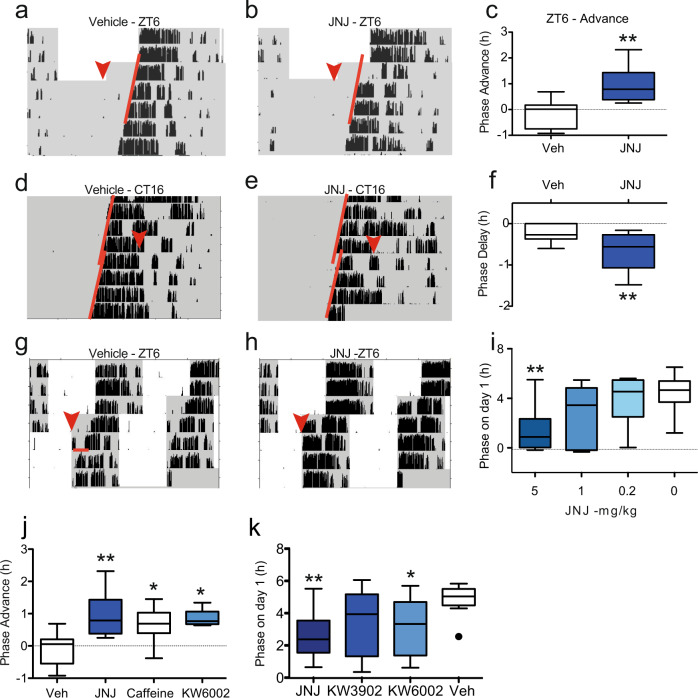Fig. 4. A2A/A1 adenosine receptor antagonists modify circadian behaviour.
a–c Mice were housed in 12:12 L:D cycle, (grey – dark, white – light, black vertical bars show wheel running activity). At the red arrow (ZT6), animals received an i.p. injection of a vehicle or b 5 mg/kg JNJ40255392 (JNJ) and released into constant dark (DD). Activity onset on subsequent days is indicated by red line and c phase shifts expressed as a Tukey’s box plot (n = 12 and 8, ** = p = 0.0012, one-way ANOVA with Dunnett’s multiple comparisons test). d Mice were housed in DD (CT16) received either vehicle or e 5 mg/kg JNJ at red arrow (CT16) and f phase shifts measured (n = 11 and 10, *p = 0.007, t-test). g–i Mice were housed in 12:12 LD received either g vehicle (n = 12) or h JNJ at 5 (n = 12), 1 (n = 6) or 0.2 (n = 6) mg/kg at ZT6 (red arrow) and LD cycle advanced by 6 h. The phase of activity was measured the day after the injection (red line) (i) (n as above). JNJ in a dose-dependent manner enhances re-entrainment (p = 0.0031, one-way ANOVA). j JNJ at 5 mg/kg (n = 8) causes the largest phase shifts when administered at CT6 (p = 0.0012) compared with either caffeine (n = 9, 50 mg/kg, p = 0.0063) or KW6002 (n = 5, 1 mg/kg, p = 0.0151) (one-way ANOVA with Dunnett’s multiple comparisons test, no significant difference between caffeine and JNJ treatment). k JNJ is more effective than the control and the specific A2A antagonist KW6002 1 mg/kg, and the specific A1 antagonist KW3902 1 mg/kg for re-entrainment as measured using the 6 h phase advance protocol, n = 12. One-way ANOVA, Dunnett’s multiple test correction, p = 0.0023 for JNJ and p = 0.0342 for KW6002 vs vehicle. Tukey’s box plots used throughout (central line – mean, box represents 25th to 75th percentile data, whiskers are 1.5 interquartile range).

